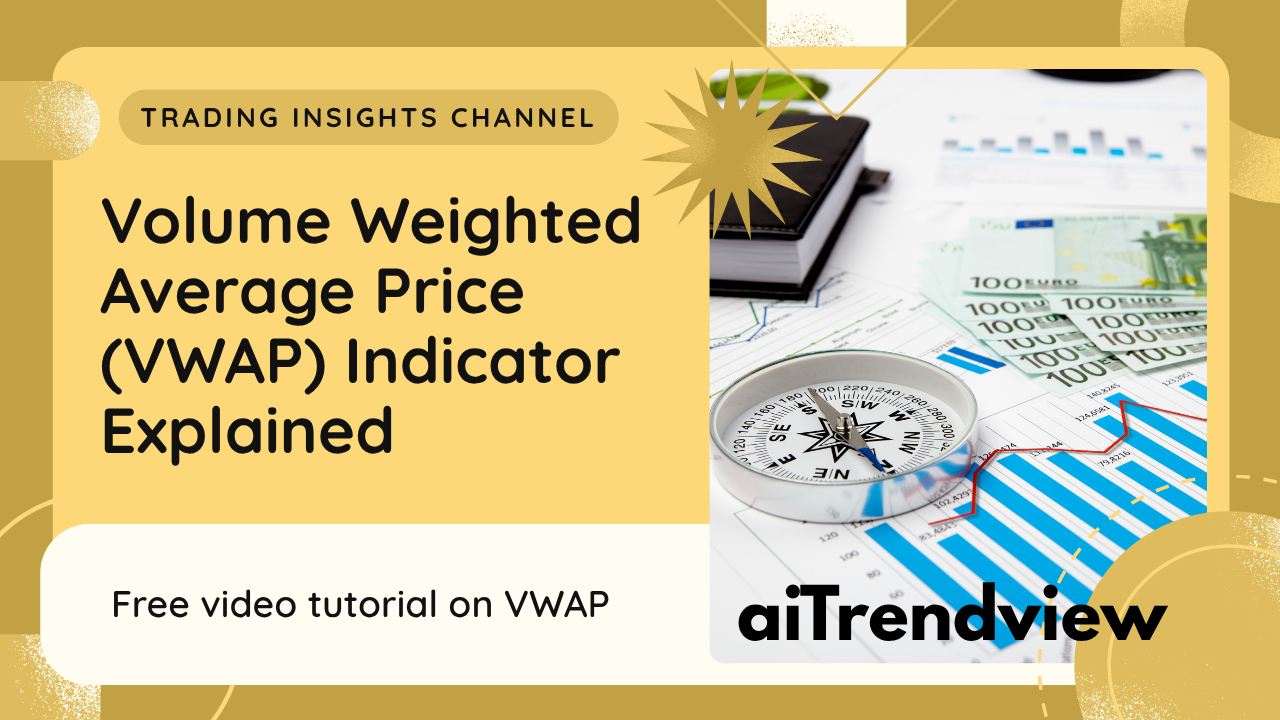

Understanding Volume Weighted Average Price (VWAP) on TradingView
The Volume Weighted Average Price (VWAP) is a key indicator for many traders, especially those involved in intraday and institutional trading. Unlike a simple moving average that gives equal weight to all prices, the VWAP is calculated by taking into account both the price and the volume of each trade. This gives a more accurate representation of an asset’s average price throughout a specific period.
What is VWAP?
At its core, the VWAP is a running average of the price of a security for the day, weighted by volume. The formula is:
VWAP=∑(TypicalPrice∗Volume)/∑(Volume)
Where “Typical Price” is the average of the high, low, and close prices for a given period.
The VWAP is a powerful indicator for several reasons:
Key Takeaways from the Tutorial
The TradingView tutorial likely provides a comprehensive walkthrough of how to use the VWAP indicator on the platform. Here are some of the key concepts it probably covers:
The VWAP is an essential tool for any serious intraday trader. By watching this tutorial, you can learn to leverage this indicator to make more informed decisions and better understand the underlying sentiment of the market.
Disclaimer from aiTrendview.com
The content provided in this blog post is for educational and training purposes only. It is not intended to be, and should not be construed as, financial, investment, or trading advice. All charting and technical analysis examples are for illustrative purposes. Trading and investing in financial markets involve substantial risk of loss and are not suitable for every individual. Before making any financial decisions, you should consult with a qualified financial professional to assess your personal financial situation.




© Copyright 2025. All Rights Reserved By aiTrendview.com a AQJ TRADERS Product
1) or fractional share
Investing in the stock markets carries risk: the value of investments can go up as well as down and you may receive back less than your original investment. Individual investors should make their own decisions or seek independent advice.